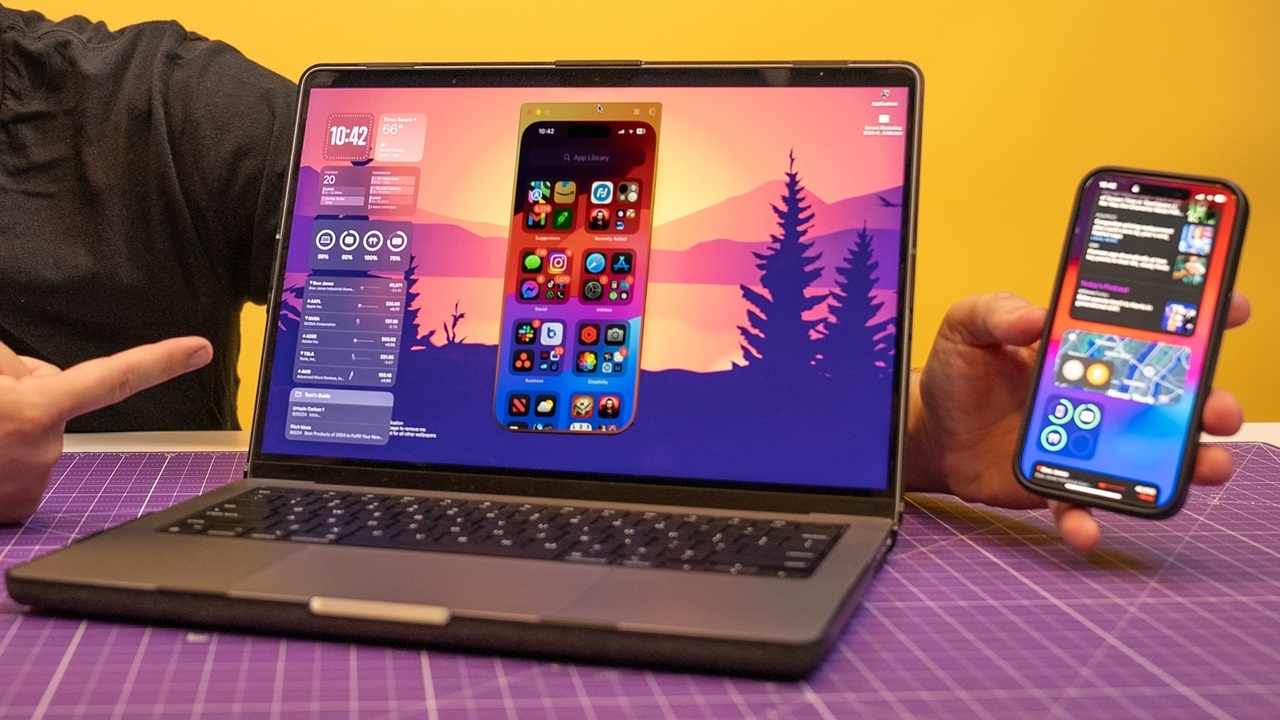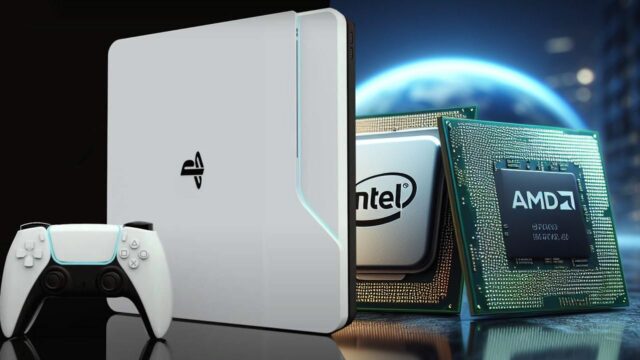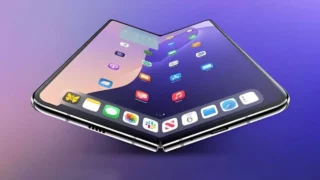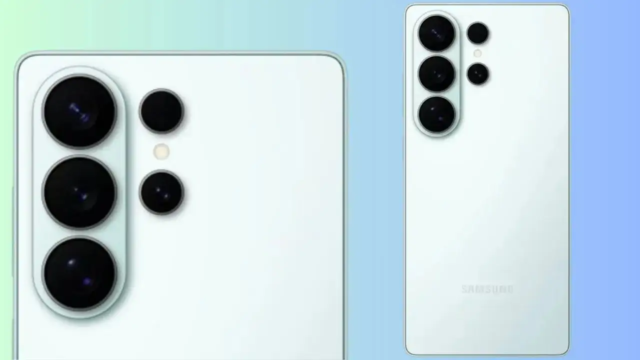Apple has finally launched its new operating system for Mac users. The company, which made the macOS 15 Sequoia stable version available as of 20.00, offers many new features to Mac owners. So which devices will get macOS 15 Sequoia and how to install it?
macOS 15 Sequoia guide: How to install, features and devices
Sequoia introduces a number of new features to enhance the experience for Mac users. Chief among these is iPhone Mirroring support. Now users can view and interact with iPhone screens directly on Mac.
This means you’ll be able to control the smartphone using a keyboard and mouse. You’ll also be able to easily drag and drop files between devices.
Another much-anticipated innovation is the reorganization of apps for multitasking. Now users will be able to lock windows to designated parts of the screen. When a window is dragged to the edge of the screen, there will be markers showing where to place the window.
Sequoia also includes updates to Safari, Mail, Maps and other apps. It is possible to say that it will receive more improvements with the launch of Apple Intelligence in December.
How to install macOS 15 Sequoia?
Before installing the new update, we recommend that you back up your Mac using Time Machine just in case.
- Go to System Preferences in Settings. Select the Software Update option here.
- macOS Sequoia will appear as available for download and installation. Click Update to start the installation.
- Enter your username and password. Select Continue Installing for Sequoia to download and download the update.
- Restart the Mac and you will be migrated to the new Sequoia operating system.
Models receiving macOS 15 Sequoia
- MacBook Pro (2018 and later)
- MacBook Air (2020 and later)
- iMac (2019 and later)
- iMac Pro (2017 and later)
- Mac Mini (2018 and later)
- Mac Pro (2019 and later)
- Mac Studio (2022 and later)
What do you think about this? You can write your opinions in the comments section below.














